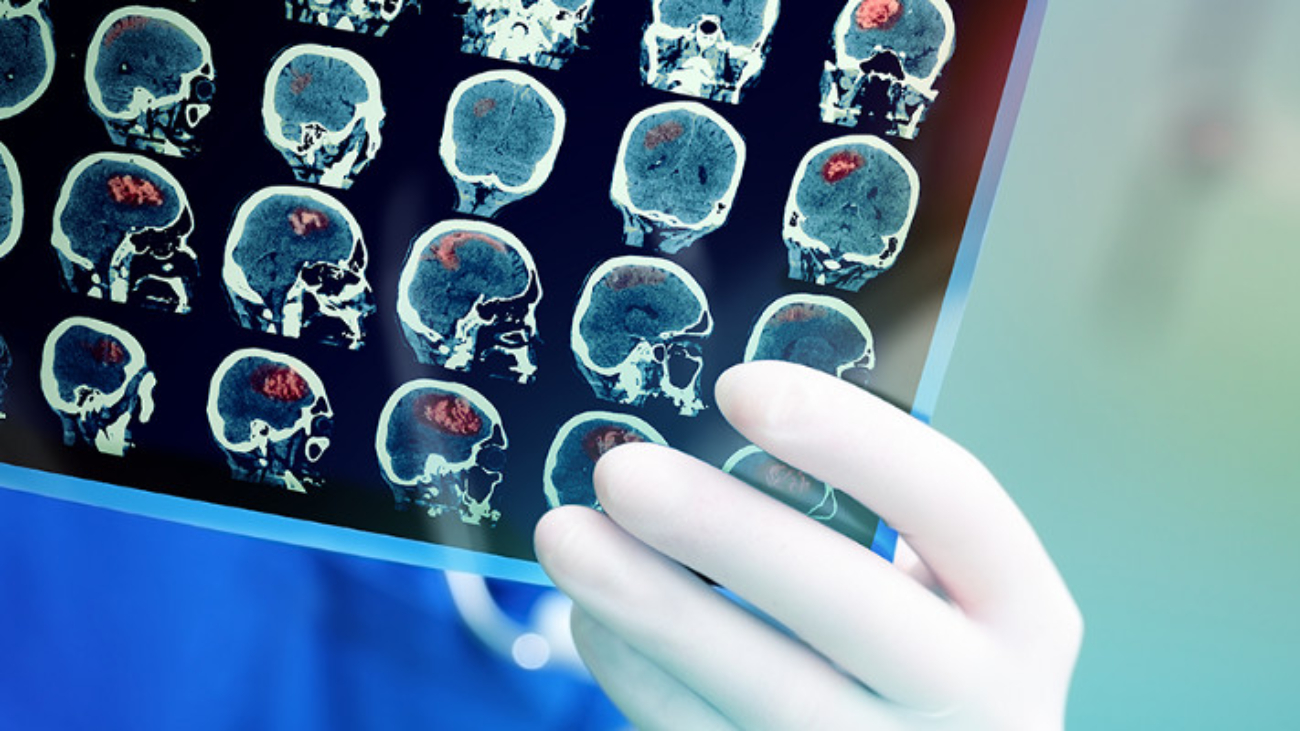Medical imaging is an essential part of modern healthcare because it gives physicians a non-invasive means of diagnosing and tracking a variety of illnesses. However, because abnormalities can be subtle and hard to spot, interpreting medical images can be difficult. High-level abnormalities are more noticeable and straightforward to recognize, but they can still be difficult to diagnose and treat. High-level abnormalities on medical images refer to significant and potentially serious findings that are easily identifiable by a trained medical professional. These abnormalities may include large tumors, extensive areas of tissue damage or necrosis, major fractures or dislocations, and other visually striking anomalies that can have a significant impact on a patient’s health and well-being. Identifying and accurately interpreting high-level abnormalities on medical images is crucial for making timely and appropriate treatment decisions.
High-level abnormalities on medical images are those that skilled healthcare providers can quickly identify. These abnormalities may include:
- Tumors: Tumors are abnormal growths of cells that can be benign or malignant. They can be detected on medical images such as X-rays, CT scans, and MRIs.
- Fractures: A fracture is a break in a bone that can be detected on X-rays or CT scans.
- Hemorrhages: Hemorrhages are bleeding that occurs inside the body, such as in the brain or abdomen. They can be detected on medical images such as CT scans and MRIs.
- Infections: Infections can cause inflammation and swelling, which can be detected on medical images such as X-rays, CT scans, and MRIs.
- Congenital abnormalities: Congenital abnormalities are conditions that are present at birth, such as heart defects or skeletal abnormalities. They can be detected on medical images such as X-rays and ultrasounds.
- Foreign bodies: Foreign bodies are objects that are present in the body but do not belong there, such as a bullet or piece of glass. They can be detected on medical images such as X-rays and CT scans.
High-level abnormalities on medical images are important because they may point to life-threatening illnesses that need to be diagnosed and treated as soon as possible. An MRI, for instance, might reveal the existence of cancer, but an X-ray might reveal a fracture that needs to be immobilized or operated on to heal properly. High-level abnormalities can also provide important details about how a medical condition is developing. For instance, an MRI may reveal the growth of a tumor or the size of a hemorrhage, which can assist medical professionals in choosing the best course of action.
Medical specialists like radiologists are usually the ones who are trained to identify high-level abnormalities on medical images. These experts recognize anomalies on medical images using their knowledge of anatomy and pathology. In addition, computer-aided detection (CAD) systems can be used to assist in the detection of high-level abnormalities. These systems use algorithms to analyze medical images and identify areas of concern that may indicate an abnormality. CAD systems can help improve the accuracy and efficiency of medical image interpretation, particularly in cases where abnormalities are subtle or difficult to detect.
Although high-level abnormalities on medical images are often more obvious than subtle abnormalities, they can still present challenges in terms of diagnosis and treatment. Some of the challenges include:
- False positives: High-level abnormalities can sometimes be mistaken for other conditions, leading to false positives that can result in unnecessary testing or treatment.
- False negatives: High-level abnormalities can also be missed or overlooked, leading to false negatives that can delay diagnosis and treatment.
- Variability in interpretation: Medical image interpretation can vary depending on the experience and expertise of the interpreting physician, which can lead to variability in diagnosis and treatment.
- Overreliance on technology: While CAD systems can be helpful in detecting high-level abnormalities, there is a risk of overreliance on technology at the expense of clinical judgment and expertise.
High-level abnormalities on medical images are important indicators of serious medical conditions that require prompt diagnosis and treatment. Although these abnormalities are often more obvious and easier to detect than subtle abnormalities, they can still present challenges in terms of diagnosis and treatment. Trained medical professionals, assisted by computer-aided detection systems, play a critical role in detecting and interpreting high-level abnormalities on medical images. As medical imaging technology continues to advance, it is likely that the detection and treatment of high-level abnormalities will become even more accurate and efficient.


Add a Comment